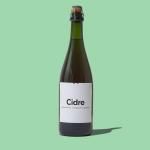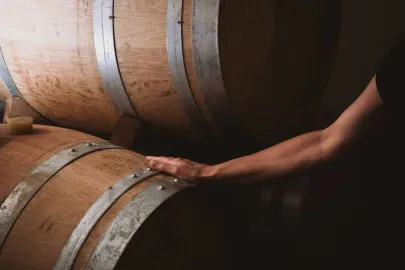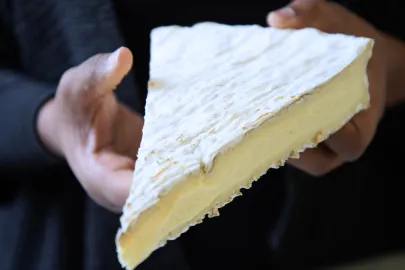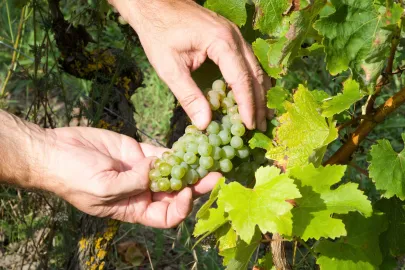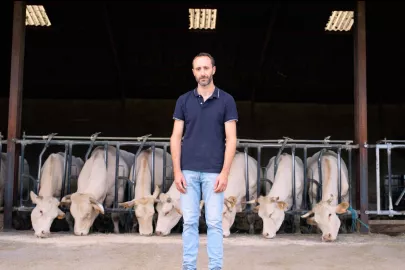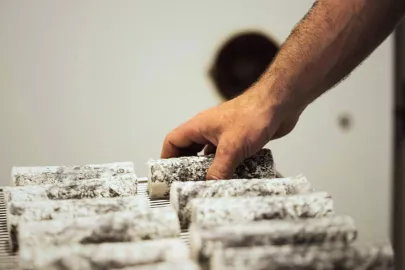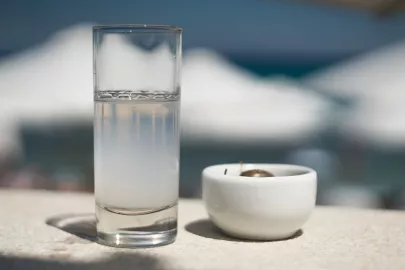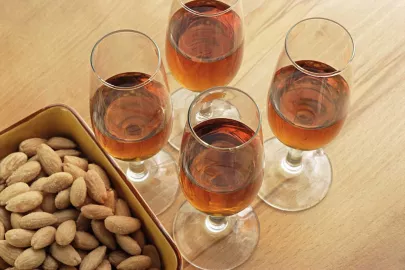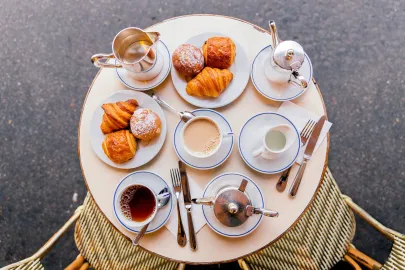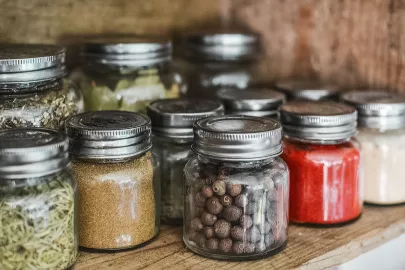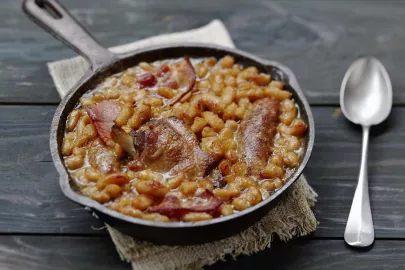Pays d'Auge is a postcard depiction of Normandy as a whole. Between the half-timbered houses, lush prairies, spotted cows, and endless apple orchards, you won't want to put your camera away. We're arrived at the home of France's famous Pays d'Auge cider. It's time to lace up our boots and tour a French organic orchard.
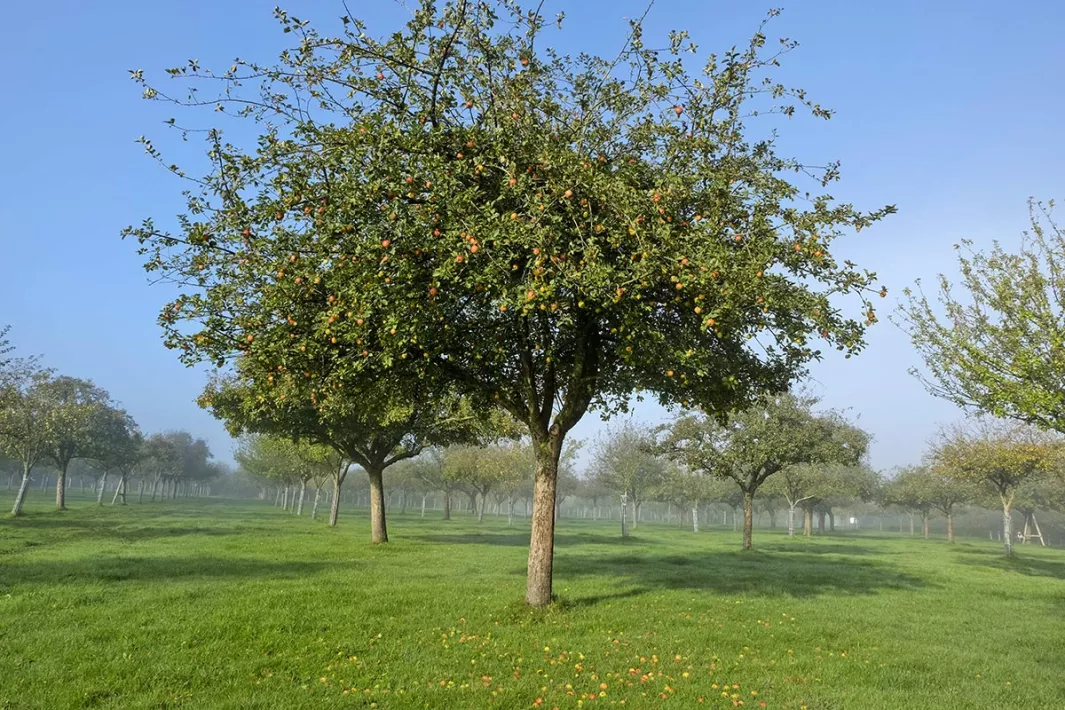
On this fall afternoon near Victot-Pontfol, a small, traditional town located a few miles from Lisieux, the fresh country air is laden with a one-of-a-kind aroma—the sweet scent of apples, rich soil, and hay barns. The orchards of Pays d'Auge are just around the corner! Marie Marois, who co-directs the Dupont family estate, greets me at the gate of a young organic orchard to give me the grand tour.
I had always thought apple trees were twisted, odd-looking affairs and that the harvesting process involved using a ladder to hand-pick the fruit one by one. Well, my idea couldn't be more outdated. I walked into a young orchard planted in 2014 and was surprised to find, in the jargon of tree farmers, "half-standard" apple trees. This special kind of tree has a very short trunk. Half-standard apple trees can be planted closer together, resulting in greater yields than orchards that use "standard" apple trees.
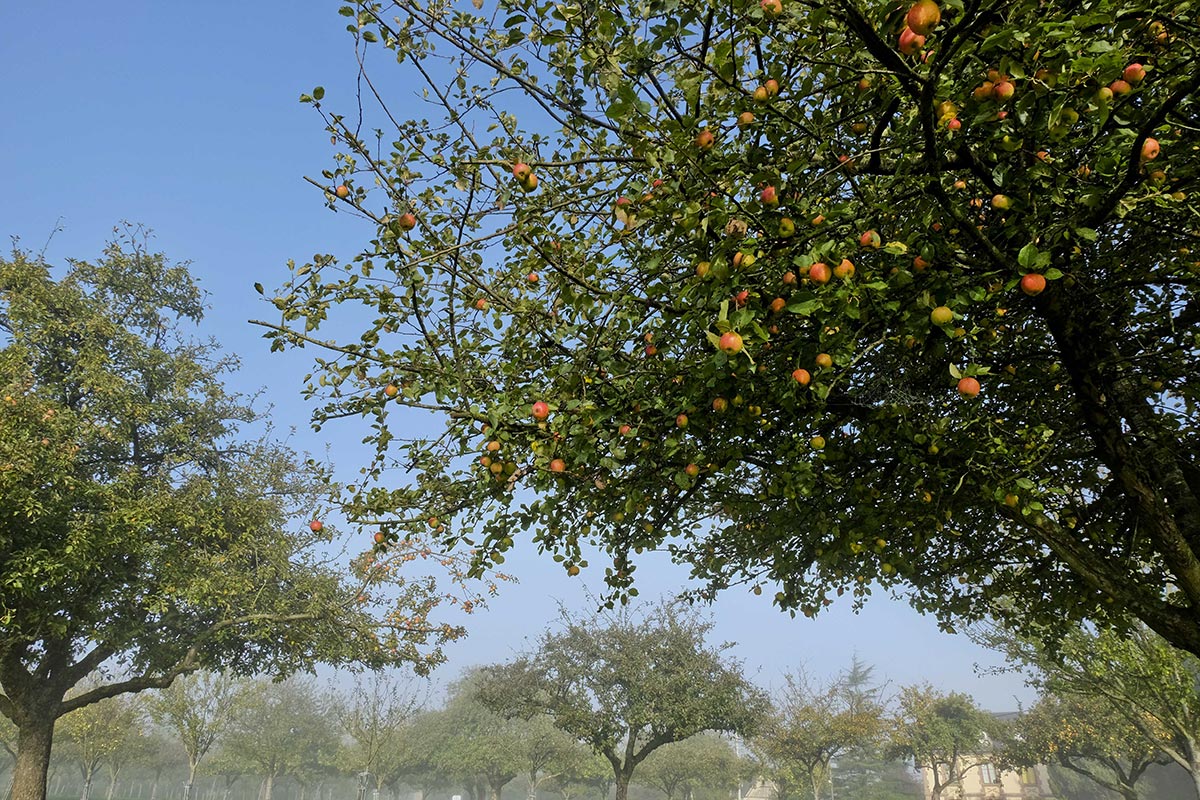
Not a cow in sight!
Unfortunately, I didn't see a single cow quietly grazing beneath the apple trees. Marie explains why. When cows are allowed to graze in the orchards, as they have in the past, the trees have to be spaced far apart, which lowers the orchard's yield. In addition, the animals' waste introduces bacteria into the orchard that gives a pronounced (and, if you ask Dupont, excessive) rustic "manure" flavor to the cider. Nowadays, these types of old-fashioned ciders, which featured a raw, coarse finish, are no longer fashionable. Dupont produces ciders that are refined and elegant using methods that are comparable to those used to make famous wines. Suffice it to say, you won't find any cows under these apple trees.
Sophisticated ciders from organic orchards
"Our 90-acre orchard is completely organic," the estate's director says proudly. That means Dupont only uses products that have been approved for organic farming—from fertilizing the soil to treating the apple trees. Zero chemical fertilizers are applied to the orchard's soil. The apple trees are nourished with a compost made from the manure of local grass-fed cattle and treated with "Bordelaise mash," a miracle recipe made from copper sulfate. This concoction combats disease and repels insects.
You can see the result with your own eyes. The soil is alive, and the fauna is flourishing.
The success of an organic agricultural operation depends largely on the farmer's observation skills. "We visit the orchards often, set insect traps in the trees, and count the number of insects we trap. That way, we can treat the trees at the right time and only when there's a large number of insects. For aphids, we spray the trees with natural products made from Marseille olive oil soap. To treat apple worms, we use a blend of organic oils," explains Marie Marois. Finally, the orchard never uses chemical weedkiller. Instead, it tills the ground below the trees several times per year. In other words, these orchards are 100% natural!
Domestic bees and wild bumblebees pollinate the trees.
"You can see the result with your own eyes. The soil is alive, and the fauna (insects, chickadees, and birds of prey) is flourishing," Marie Marois adds. "A local beekeeper has installed around twenty hives in the middle of our orchards. Along with wild bumblebees, these domestic bees help pollinate the blossoms. These insects are key to cross-pollinating the apple trees, which is necessary for a good harvest."
The trees are pruned every year between mid-January and mid-April. "Pruning helps the sun reach as many branches as possible, which in turn helps ripen the fruit," explains Marie Marois, as she offers me an apple with the very apt name of Petit Jaune (Little Yellow, in French). I bite into the fruit, which packs a delicious, tangy flavor. I had thought that cider apples would be so acidic that they would be inedible raw. I can hardly believe my taste buds!
October: harvest season
Come mid-fall, the harvest is in full swing. The trunks of the apple trees are surrounded by a thick carpet of lush grass that cushions the apples when they fall. No ladders or baskets are needed. Cider apples are not picked from the trees, but gathered up from the ground by a machine. The tour has put an end to the post-card stereotypes I had in mind. The picker machine sweeps through each orchard several times during the harvest period. Only ripe apples fall to the ground, and they do so on their own time.
In the 1980s, it was quite the leap to start producing blended cider with the goal of selling it abroad!
At the Dupont estate, apples are harvested and stored according to their variety in large, perforated crates to finish ripening. Unlike other cider producers, Dupont ciders are first created with a single apple variety, then blended together in vats.
From apples to "must"
We head to the apple cider press. This is where the magic happens! On the sorting table, a worker removes any leaves, twigs, and rotten apples. Only completely healthy fruit are kept to ensure a high-quality fermentation process. In a process that creates a deafening wall of sound, the apples are rinsed in water, grated, then transferred to a vat. Next, they are sent through a pneumatic membrane press, which is the same kind of technology used to make wine. The smell of apples is almost overwhelming!
The grated apples are kept in a vat until they can fill the entire 3.5-ton press. This holding period also activates the fermentation yeast!
A worker dressed in protective clothing starts up the press, which slowly and gently processes the grated apple pulp. The result is called must, which is highly aromatic. I got to taste this sweet, fragrant juice for myself. It was delicious! The must is immediately transferred to a vat and chilled to 46 °F. It will start to slowly ferment in the air conditioned container.
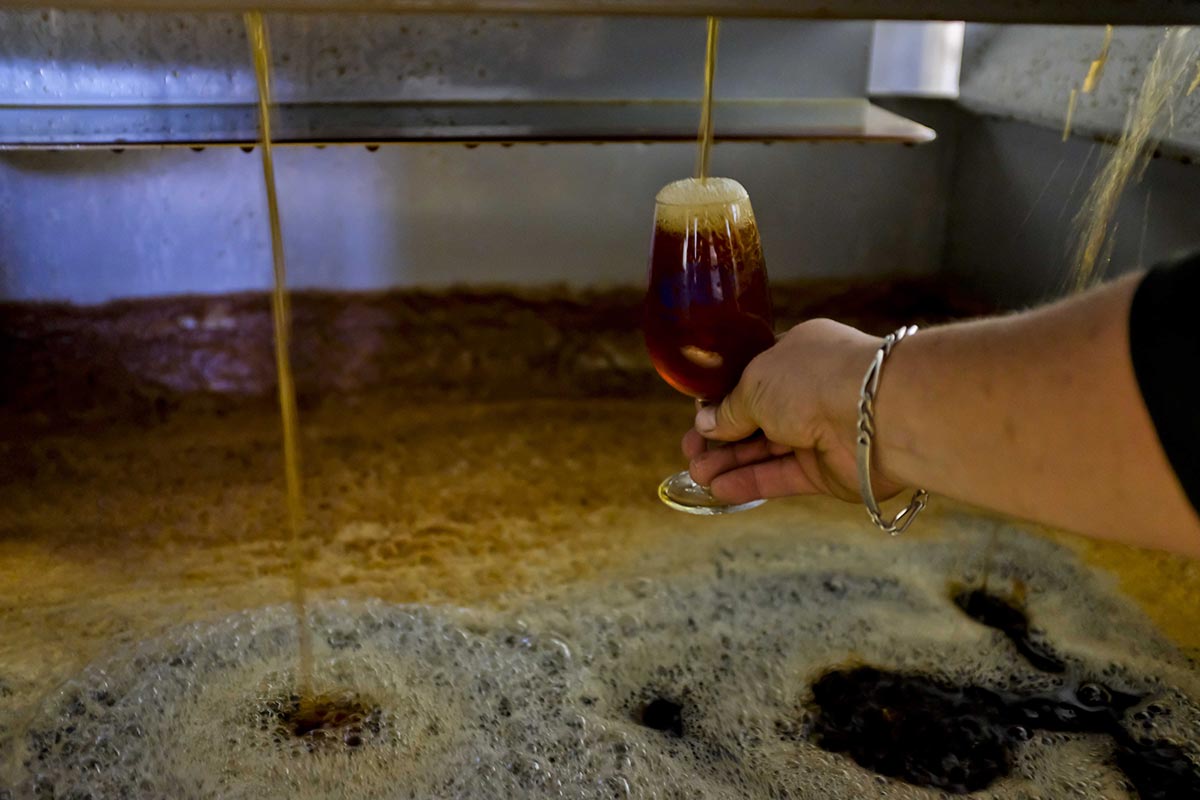
After fermenting for a few weeks, Arnaud, the cellar master, blends the single-variety musts together to create different vintages with specific flavors that measure out at around 6% alcohol.
Just like for a Crémant or Champagne, we control the carbonation level until it is bottled.
The blended cider is then transferred to bottles, where it will continue to ferment and produce natural carbonation, a process that is specific to PDO Pays d'Auge certification. Carbonation is never added to the beverage. Each bottle contains apples and nothing but, then the cellar master lets nature take its course.
It's delicious and organic to boot. What more could you want?
Contributor

Editor

